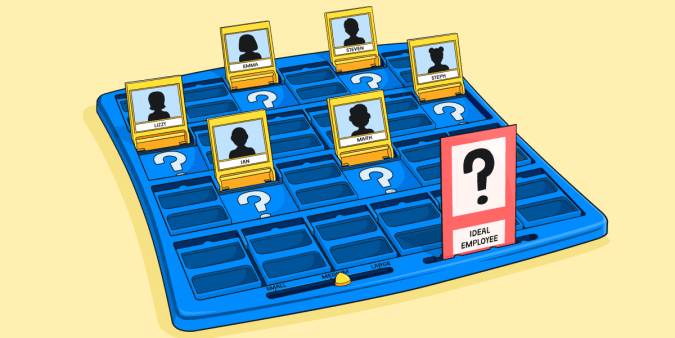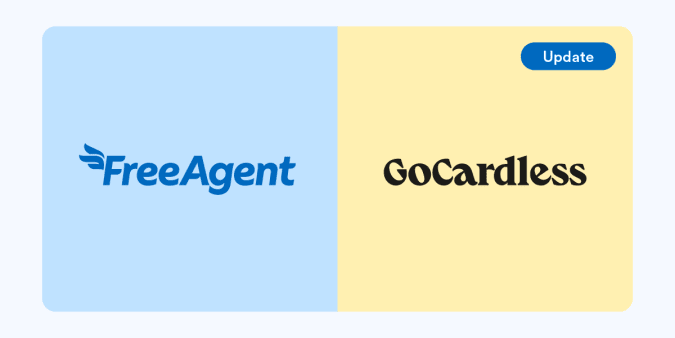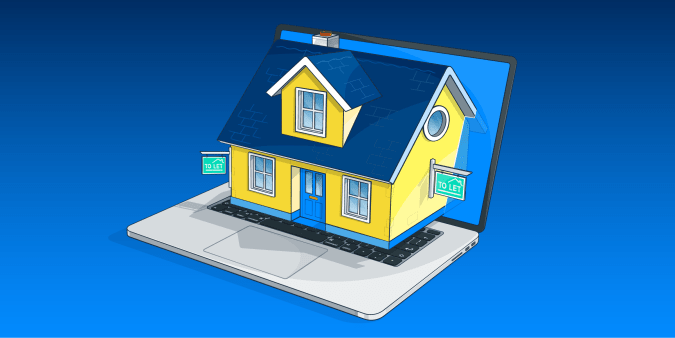How to create customer profiles for your small business

Creating customer profiles can give you powerful insights that can help you squeeze every penny out of your small business marketing budget, keep your existing customers happy and find new opportunities.
While some larger businesses have complex profiling strategies that use multiple data sources and specialist software, don’t be daunted. In its simplest form, a customer profile is just a list of information about your ‘ideal’ customer, which can be developed into a series of profiles of customer types.
It’s easy to get started by looking at your own customer base and there’s a lot for small businesses to gain from having a clear picture of their ideal customers.
How can customer profiles help your business?
Creating customer profiles will help identify the different types of customers you have and who your ideal customer is.
Knowing what appeals to existing customers can give you a focus for your marketing work when targeting new customers who match your profile.
The information will also help you serve your existing customers better. If you understand their needs and pain points, you can personalise the way you communicate with them.
Learning about your customers’ needs can also help when you’re developing new products or services.
What information should be included?
There are no hard and fast rules about the information that a customer profile should have but most usually include the following types of information:
Demographics
Demographic information can include age, gender, income, education, location, family make-up and employment.
Psychographics
Psychographic information is defined as data that classifies population groups according to psychological variables like attitudes, values or fears. You can think of it as information relating to the personality of your customer - what their interests are, the type of lifestyle they have and what they do outside of work.
Behaviours
Behavioural information can include how customers interact with your business. What does their buying journey look like and what sort of communication do they respond well to? What motivates them to buy? Are they loyal, consistent, satisfied customers?
Firmographics
Firmographic information is demographic information for businesses. If your business sells to other businesses, your profile is likely to include information such as company size, location, revenue and the industry or sector of your customer’s business.
Creating a customer profile
How to get started
Ready to create a customer profile for your small business? The best place to begin is with your own customer data. You want to understand how your product or service is being used and who it’s being used by.
Start by identifying who your best customers are. These could be your most regular or consistent buyers, or your longest-standing returning customers. If you use FreeAgent’s accounting software, the ‘Top Customers’ Insight lists your top five customers over the last six months, pulling data from your historical invoices. Another helpful tool is the Customer Sales Report, which breaks down the income you’ve received from all your customers.
Remember, though, that your best customers might not necessarily be your top buyers. They could be those who have referred your business to others, sung your praises in online reviews or taken part in a case study to promote your product or service.
The way that your customers interact with your website, any communications you send and your social media channels can be a good source of data about how your customers behave and what they respond well to.
Larger businesses may use customer relationship management (CRM) software, such as Salesforce or HubSpot, which will give access to a lot of additional customer information.
Information about your customers’ attitudes won’t always be readily available to small businesses, so you may need to be creative in conducting your own research. This could be through surveys, face-to-face meetings or requesting reviews. Try these four ways to find out what your customers want.
Picking out patterns
You should record the information you’ve gathered in an accessible document. There are lots of examples of customer profile templates available online, which can be adapted to your specific needs.
You may identify common attributes and behaviours that groups of your customers have. Have they demonstrated similar preferences about your products or how you communicate? If there is more than one customer type with shared attributes, you can create multiple customer profiles.
When you have established your profiles you can start to assign your existing customers to a profile in your records so that they can be targeted accordingly in future marketing campaigns.
What can you use your customer profiles for?
When you have established the customers you want to speak to, what they want to hear about and the best way to communicate with them, there are lots of ways you can put this knowledge to use.
You may choose to adjust how you promote your product or service to different customer groups, or improve how you target your advertising to make it more efficient.
Having clear customer profiles can also help you provide better customer service to your existing customers. If you understand what information is important to them, and how they prefer to be contacted, you can personalise your interactions more and show that you understand them. A customer that feels you understand their needs is more likely to become a loyal customer.
If you produce any content for your customers, such as newsletters, emails or blogs, you can be more accurate in targeting that content. If you know the age and interests of your ideal customer, and you know the communication channel they’re most likely to engage with, you can tailor the message and the medium accordingly.
The information you have can also influence the way you develop your products or services in the future because you will know which changes and new approaches could appeal to different types of customers.
Remember to keep up the good work
Customer profiles won’t stand still, so it’s important that you regularly revisit the information you’ve gathered. Aim to repeat the data-gathering exercises that you’ve undertaken at regular intervals, such as each quarter or annually, to keep your profiles up to date.
You may also want to use additional external sources like census results or reports from the Office for National Statistics so you can see how your customers compare or contrast with the wider population.
If you started out with only one customer profile, but your customer base or range of products or services has grown, you may need to develop more profiles. Return to your data and research and look for different ways to group your customers together.
As you update and create more profiles, make sure you’re getting the most out of them by sharing them with the key people across the business, whether that’s in sales, marketing, customer service or product development.
Not using FreeAgent yet? Try a 30-day free trial today and see how our award-winning software’s insights and accounting reports can help you make smarter business decisions.


